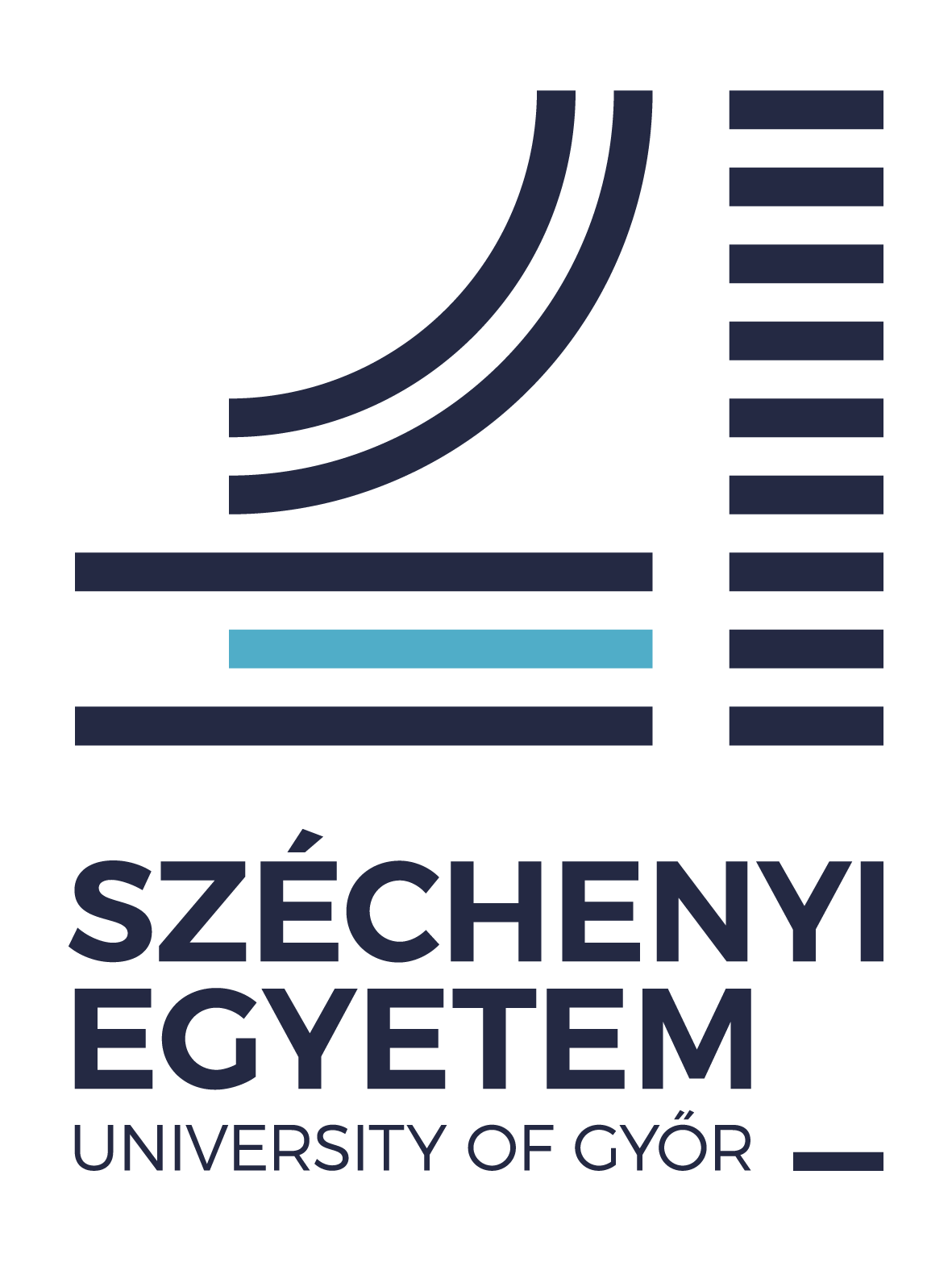Characterization of Tribological Behaviour of Surface Topographies by Roughness Measurement at the Beginning of the Wear Process
DOI:
https://doi.org/10.14513/actatechjaur.v13.n2.542Keywords:
simulation algorithm, wear, initial stage, roughnessAbstract
The examination of the tribological processes can be implement by different methods. In the initial stage of the abrasive wear process, the microtopography of steels drastically changes until it reaches a stable state. This change can be described by different methods. One of the methods is the characterisation with the help of roughness parameters. In this paper validated simulation algorithm has been used to predict the modification of the roughness parameters. Manufactured microtopographies with same arithmetical mean height (Sa) value can be modelled to the destroying with the help of abrasive worn microtopography. It was found the main roughness parameters named Sa, Sq, Ssk, Sku modification strongly depending to the manufacturing technology.
Downloads
References
A. Mucsi, Analysis of coil break defects, Engineering Failure Analysis 83 (2018) pp. 109-116. doi: https://doi.org/10.1016/j.engfailanal.2017.09.022
K.J.Kubiak, T.W.Liskiewicz, T.G.Mathiab, Surface morphology in engineering applications: Influence of roughness on sliding and wear in dry fretting, Tribology International 44 (11) (2011) pp. 1427-1432. doi: https://doi.org/10.1016/j.triboint.2011.04.020
X. Pei, W. Pu, et al., Surface topography and friction coefficient evolution during sliding wear in a mixed lubricated rolling-sliding contact, Tribology International 137 (2019) pp. 303-312. doi: https://doi.org/10.1016/j.triboint.2019.05.013
R. Horváth, Á. Czifra, Á. Drégelyi-Kiss, Effect of conventional and non-conventional tool geometries to skewness and kurtosis of surface roughness in case of fine turning of aluminium alloys with diamond tools, The International Journal of Advanced Manufacturing Technology 78 (2015) pp. 297–304. doi: https://doi.org/10.1007/s00170-014-6642-5
Á. Czifra, T. Goda, E. Garbayo, Surface Characterisation by Parameter-based Technique, Slicing Method and PSD Analysis, Measurement 44 (2011) pp. 906-916. doi: https://doi.org/10.1016/j.measurement.2011.02.021
B. Palásti-Kovács, Z. Néder, Á. Czifra, K. Váradi, Microtopography Changes in Wear Process, Acta Polytechnica Hungarica 1 (2004) pp. 108-119.
R. Reizner, et al.. Modeling of Worn Surface Topography Formed in a Low Wear Process, Wear 278-279 (2012) pp. 94-100. doi: https://doi.org/10.1016/j.wear.2011.12.012
A. Kovalev, et al., A Concept of the Effective Surface Profile to Predict the Roughness Parameters of Worn Surface, Frontiers in Mechanical Engineering 31 (5) (2019). doi: https://doi.org/10.3389/fmech.2019.00031
I. Barányi, R. Keresztes, el al., Prediction of Surface Roughness Parametres by New Experimentally Validated Modelling Algorithm under Abrasive Condition, Acta Polytechnica Hungarica 13 (7) (2016) pp. 197-208. doi: https://doi.org/10.12700/APH.13.7.2016.7.11
L. Pokorádi, Introduction to Mathematichal Diagnostics I.: Theoretical Background, Debreceni Műszaki Közlemények VI 1 (2007) pp. 65-80.
Downloads
Published
How to Cite
Issue
Section
License
Copyright (c) 2020 Acta Technica Jaurinensis

This work is licensed under a Creative Commons Attribution-NonCommercial 4.0 International License.







